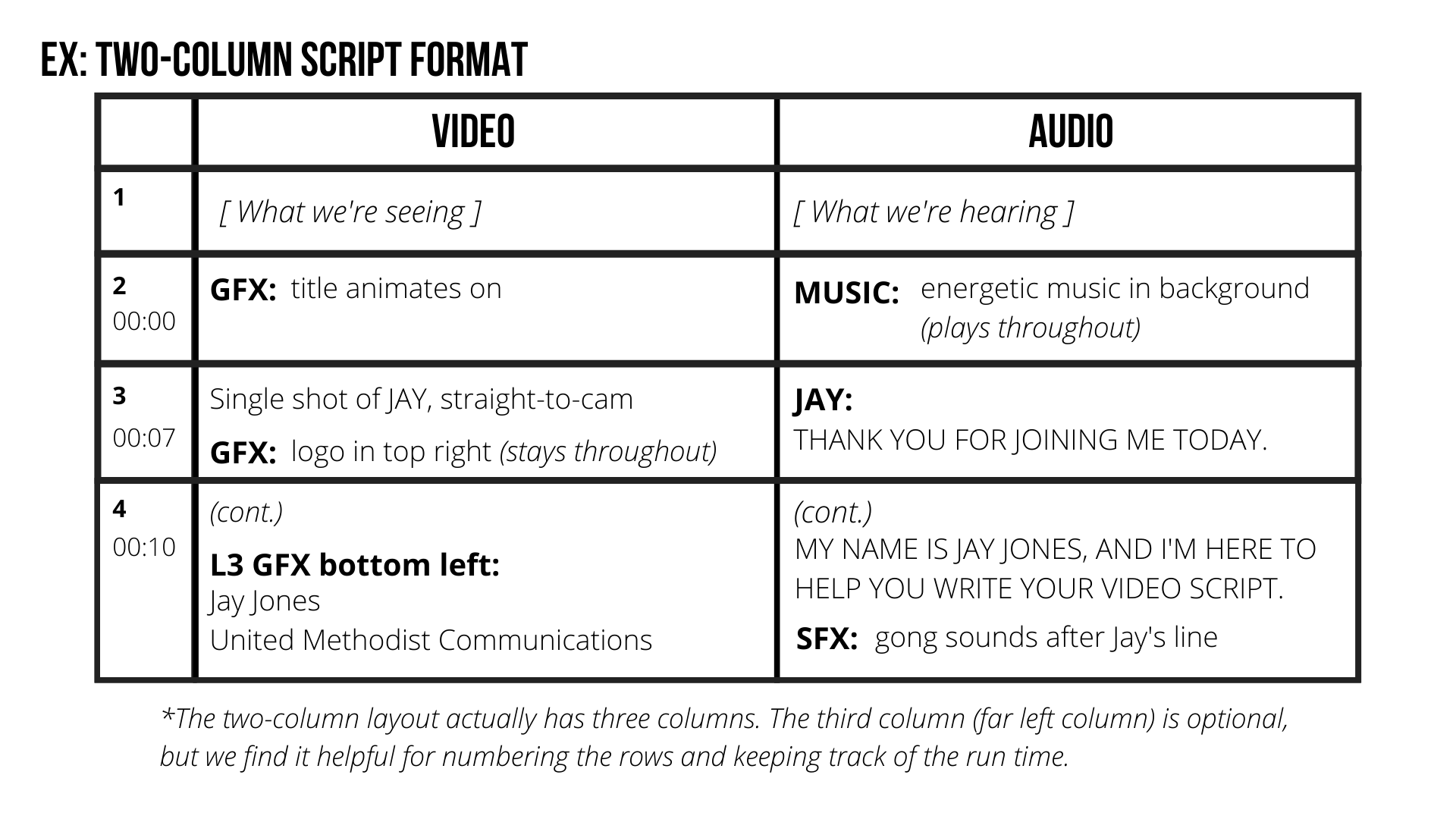mariogs5.github.io
Audio Bible
Hi. This page has been written by Mario Garcia Sutil, student of the CITM Bachelor’s Degree in Videogame Design and Development.
Types of audio in videogames
-SFX (Sound effect).
-UI SFX (User Interface Sound effect).
-Ambiental music.
-Dialogues.
How audio makes the game feel alive
Here we have two examples of how thanks to audio direction, a situation in a video game can be felt in a stronger way.
Destiny 2: Cayde’s death (min 07:00 to 10:25)
Hollow Knight: Grimm Boss battle (min 1:14:06 to 1:23:18)
What is an Audio Bible
An audio bible is a script of all the sound effects, dialogue and music that appear in a game and the design and direction of all those features.
Audio Pillars
Audio Pillars are filters that describe the aesthetics of the game audio so designers can create their compositions based on the same things. They usually choose from 3 to 5 pillars, these have to describe emotions, settings, moods… They must be able to make designers understand how their creations should be.
Audio Target
Audio Target are the tools on which you rely to be able to create the audios once the Audio Pillars have been decided. This can be compared to making a kind of moodboard or sketch of how we want it to be. There are many ways to do it and here is a website that can give you more information.
Audio Script
This is an example of an Audio Script:
Example of an Audio Bile
On this website you can find portions of the Audio Bible, in this case they are dialogues.
Audio Formats & Tools
For all the Sound Effects and Dialogues you should use WAV format:
![]()
And for all the song you should use OGG format:
![]()
Tools you can use to find Audio:
Here is a list of 13 websites that you can use to find SFX.
And to edit audio tracks, change the volume or format, I recommend Audacity.
My template to create an Audio Bible
Here you can click with UPC mail to make a copy of my template and modify it as you like.
